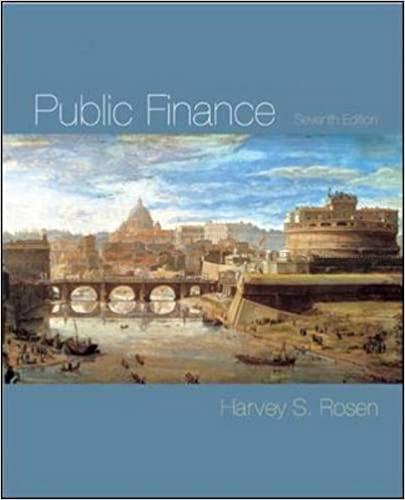Q1. Option Pricing Under LOGNORMAL Distribution Underlying current at $400 with annual return volatility of 308 . There are 28 days b/f expiration. Riskfree rate is tero. Consider a CALL option with strike at 380 . Q1a. What is the probability that the CALL will expire ITM (3 point)? Q1b. What is the average price of the underlying when CALL expires ITM (3 points)? Q1c. What is the average payment for the CALL when it expires ITM? (3 points) Q1d. How much should the CAll be priced at today? (3 points)? Q1e. How much of the option price is time value and how much is intrinsic value? (3 points) Q2. Underlying follows lognormal distribution and is current at $400. All option in this question has 16 days to go before expiration. Riskfree rate is zero and annual vol is 20% for all legs of the options. You long 100x CALL debit spreads, ie: You long 100 CALLs at strike of 400 ; You short 100 CALLs at strike of 420 Q2a. What is the total delta for your spread position? (4 points) Q2b. What are the total gammas for the spread? (4 points) Q2c. What is the one-day theta value of your position? (4 points) Q2d. If the stock moves up $20 in a single day, what is your PnL from i. delta; ii gamma; and iii theta, as well as the total PnL? (4 points) Q2e. If the stock moves down $10 in a single day, what is your PnL from i. delta; ii gamma; and iii theta, as well as the total PnL? (4 points) Q3. Underlying at 400 with rf=0. You are looking at option chain with DTE of 63 . Riskfree rate is zero. You are examining the following put back ratio spread positions: Short 100 puts at strike of 375 ; IV for the put is 24% annually. Long 200 puts at strike of 350 . IV for the put is 27% annually. Q3a. Calculate delta for each leg as well as for the combination (4 points) Q3b. Calculate gamma for each leg as well as for the combination (4 points) Q3c. Calculate one day theta for each leg as well as for the combination (4 points) Q3d. Calculate vega value for each leg as well as for the combination (4 points) Q3e. Market dropped by $20 in a single day, what is your PnL from delta, gamma, and theta if IV did not change for the puts (5 points)? Q1. Option Pricing Under LOGNORMAL Distribution Underlying current at $400 with annual return volatility of 308 . There are 28 days b/f expiration. Riskfree rate is tero. Consider a CALL option with strike at 380 . Q1a. What is the probability that the CALL will expire ITM (3 point)? Q1b. What is the average price of the underlying when CALL expires ITM (3 points)? Q1c. What is the average payment for the CALL when it expires ITM? (3 points) Q1d. How much should the CAll be priced at today? (3 points)? Q1e. How much of the option price is time value and how much is intrinsic value? (3 points) Q2. Underlying follows lognormal distribution and is current at $400. All option in this question has 16 days to go before expiration. Riskfree rate is zero and annual vol is 20% for all legs of the options. You long 100x CALL debit spreads, ie: You long 100 CALLs at strike of 400 ; You short 100 CALLs at strike of 420 Q2a. What is the total delta for your spread position? (4 points) Q2b. What are the total gammas for the spread? (4 points) Q2c. What is the one-day theta value of your position? (4 points) Q2d. If the stock moves up $20 in a single day, what is your PnL from i. delta; ii gamma; and iii theta, as well as the total PnL? (4 points) Q2e. If the stock moves down $10 in a single day, what is your PnL from i. delta; ii gamma; and iii theta, as well as the total PnL? (4 points) Q3. Underlying at 400 with rf=0. You are looking at option chain with DTE of 63 . Riskfree rate is zero. You are examining the following put back ratio spread positions: Short 100 puts at strike of 375 ; IV for the put is 24% annually. Long 200 puts at strike of 350 . IV for the put is 27% annually. Q3a. Calculate delta for each leg as well as for the combination (4 points) Q3b. Calculate gamma for each leg as well as for the combination (4 points) Q3c. Calculate one day theta for each leg as well as for the combination (4 points) Q3d. Calculate vega value for each leg as well as for the combination (4 points) Q3e. Market dropped by $20 in a single day, what is your PnL from delta, gamma, and theta if IV did not change for the puts (5 points)











